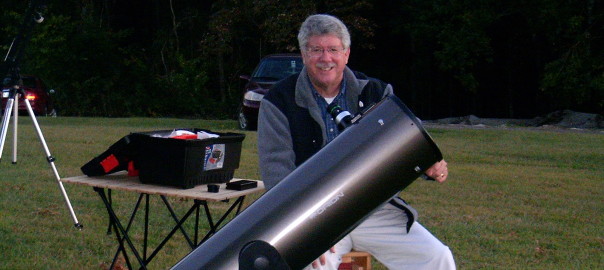Wouldn’t the bags eventually get water logged and sink?
Yes, they would ultimately sink or just lay around in the sun and decay. The 50 percent that we could relocate were pulled on board. Basically, it was a mark and recapture experiment of floating bags. I read some publication that characterized the Kibby work as indicating the water is leaking of the [caldera’s] north side because the bags were all floating towards the north. When I read this, I thought that was poppycock. Kibby’s work was a fairly crude experiment that indicates short term wind driven currents. These are all wind driven currents that go in a northerly direction. There is no rationale to substantiate any conclusion about subsurface seepage.
Mine was the first master’s thesis to be produced under Jack Donaldson. Doug Larson was the first Ph.D. dissertation and Jim Malick had the second master’s thesis under Jack. All three of us worked on Crater Lake. Jack was a gregarious person, a magic personality that can make friends with everyone he met. He became very successful after leaving Oregon State. With his father, he started Oregon Aquaculture in Yaquina Bay, a commercial aquaculture outfit. They were bought out by Weyerhaeuser, and the buyout made them quite wealthy, I think. Later on, he was appointed to become director of Oregon’s Department of Fish and Wildlife. Jack served in that capacity until the mid 1980s. Then he retired from that work to become the director of the Columbia River Commission. He is still involved with Columbia River issues. The last time I saw him, his objective was to climb one mountain a summer. Jim Malick went to Alaska. Doug Larson and perhaps John Salinas might know more about him that I do.
Carl Bond was professor of fisheries at Oregon State. He was an ichthyologist and specialist in museum curation of fish species. Other then co-authoring and reviewing papers on Crater Lake, he had no personal interest in it. He was more interested in the fisheries of Oregon. I believe he retired in the mid to late 1970s.
Where was the museum collection stored when you worked at Crater Lake?
All of our naturalist activities were preformed in the top floor of the Administration Building until 1968. That year we moved much of our material into what you now call Rat Hall. Bruce Kaye took on the job of museum curation. He was in charge of re-establishing the museum in Rat Hall.


